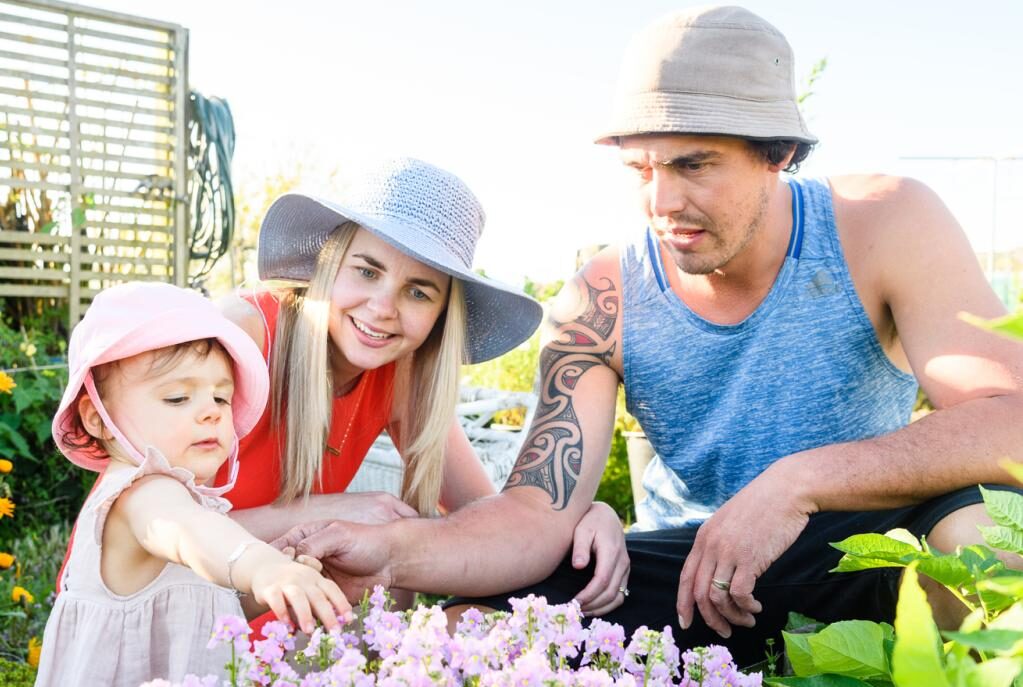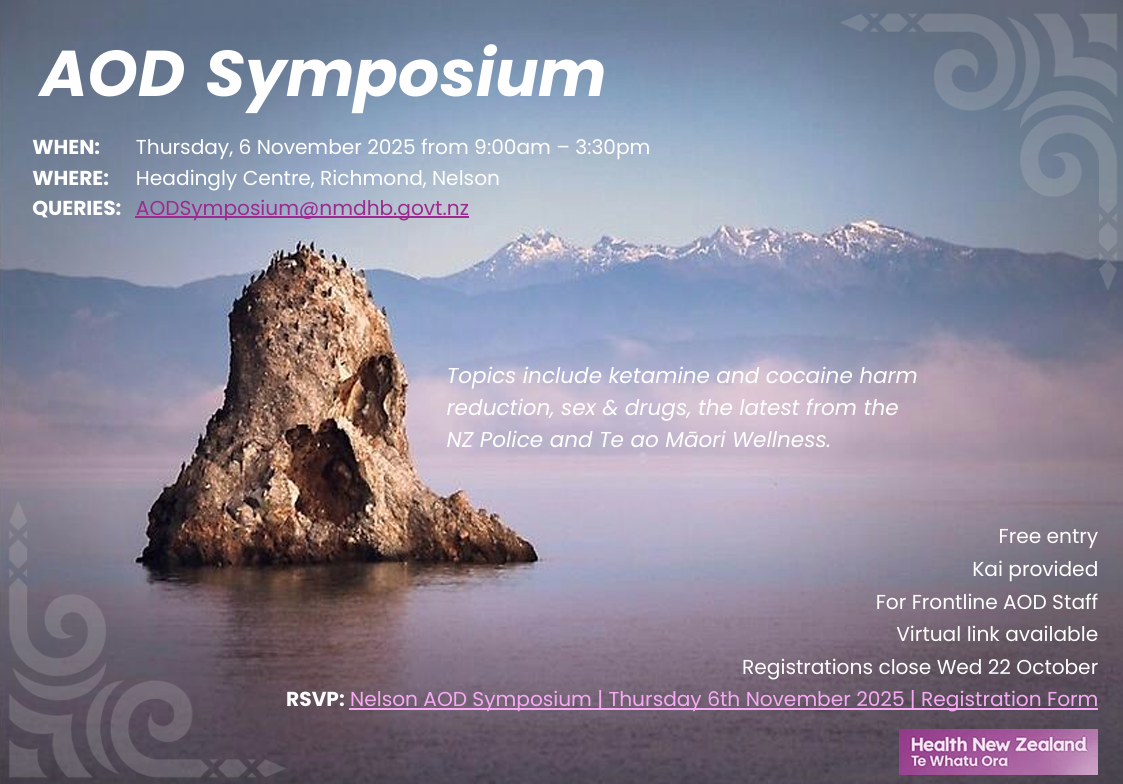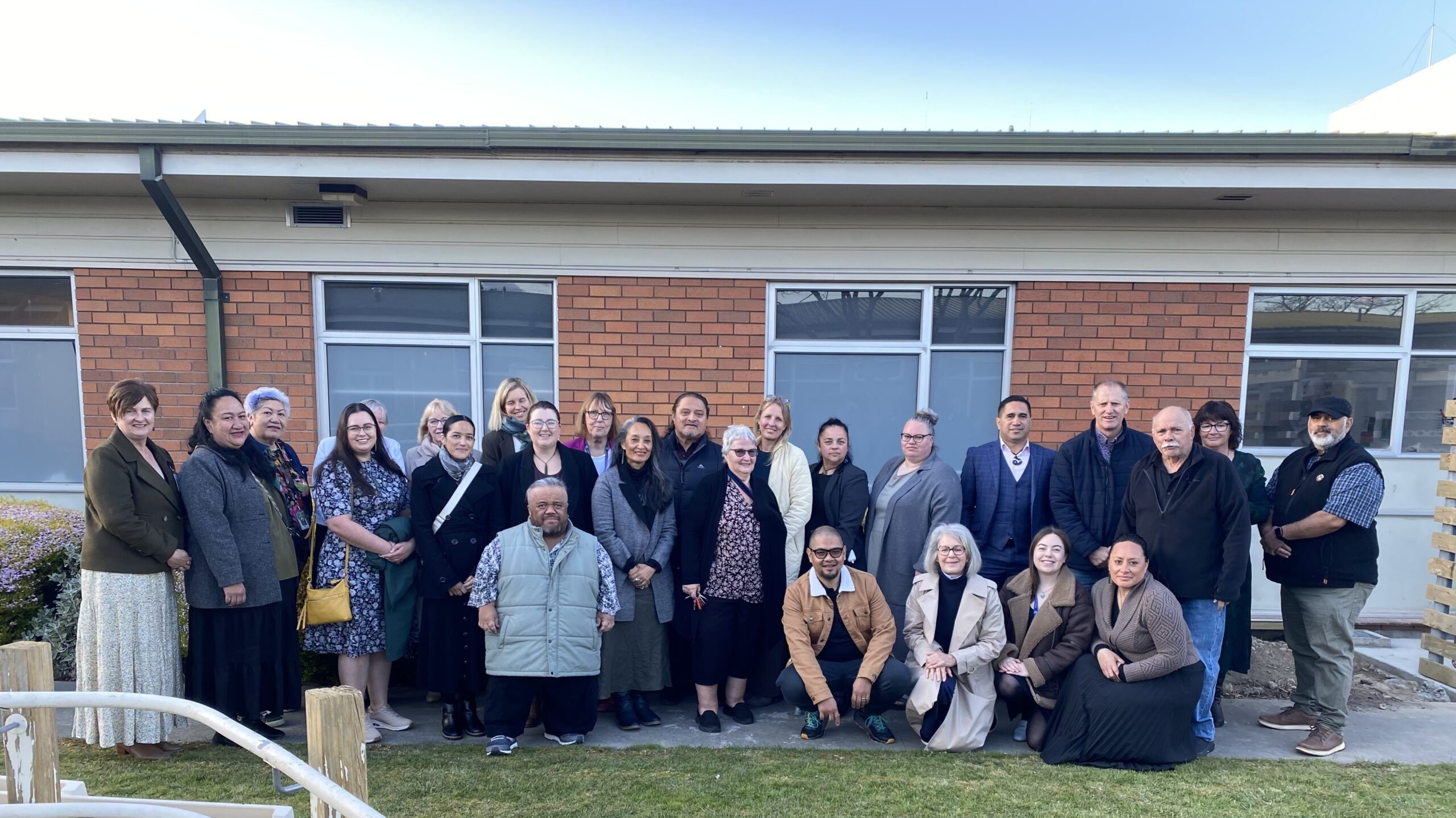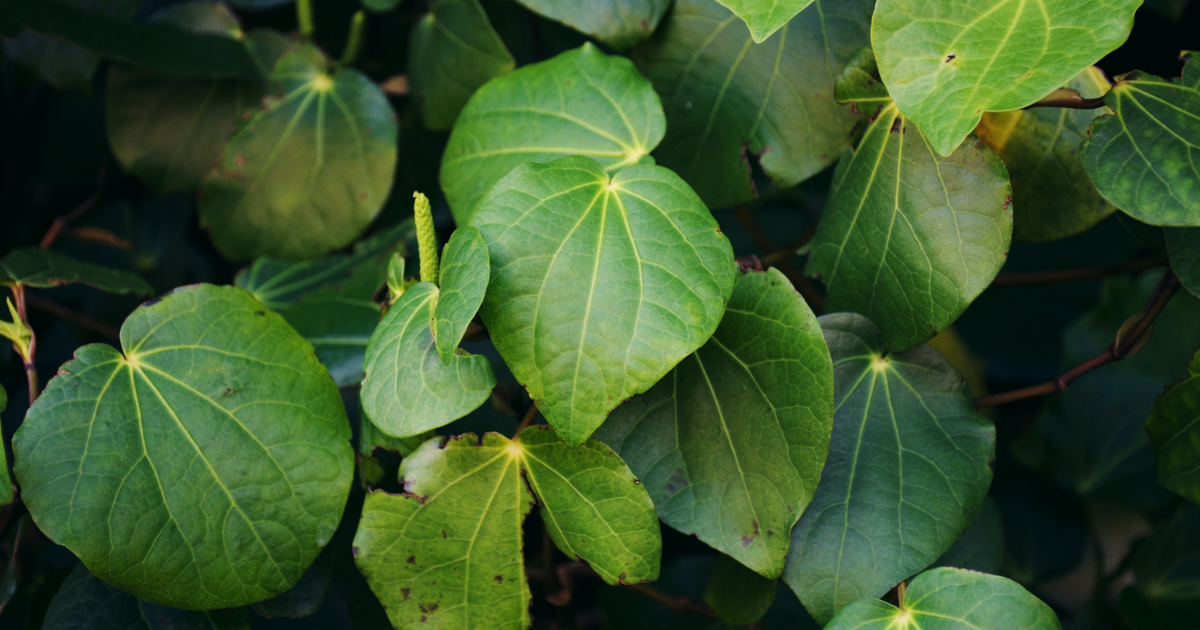New Zealand Health Survey - Regional Results
(Information from Manatū Taonga)
The New Zealand Health Survey (NZHS) provides annual updates on the health of New Zealanders.
Information collected through the survey supports the development of health services, policy, and strategy. Survey data is collected continuously, but findings are reported annually.
The results provide data for people selected for the survey period from July to June each year.
The survey was first undertaken in 1992/93, with further surveys taking place in 1996/97, 2002/03 and 2006/07. The Ministry of Health’s wider health survey programme included surveys on nutrition; tobacco, alcohol and drug use; mental health; and oral health. From 2011, the Ministry of Health integrated the New Zealand Health Survey and these other surveys from its wider survey programme into a single survey, which is now in continuous operation.
The New Zealand Health Survey conducts face-to-face interviews with over 13,000 adults and the parents or primary caregivers of more than 4000 children annually. Every year, it includes a core set of questions, which help the Ministry of Health identify key issues and monitor trends.
The Data Explorer presents the most recent results, as well as trends. It provides information on health behaviours and risk factors, health status, long-term conditions, and access to and use of health care for both adults and children.
For more detailed information, have a look at further information from Manatū Hauora here.
For the latest Regional Results click here.
Te mate karawaka: Kia tūpato e te whānau
E te iwi, with a confirmed measles case in Whakatū and large-scale contract tracing underway in Te Whanganui-a-Tara, it is really important that all of us check our vaccination status and ensure our tamariki, rangatahi, and kaumātua are also protected.
Since news of the case in Whakatū broke late last week, Te Tauihu hauora Māori providers have been working closely with public health officials and Te Whatu Ora to help stem further cases and support greater levels of protection in our communities.
![]() Te Piki Oranga: www.tpo.org.nz/mmrvaccine
Te Piki Oranga: www.tpo.org.nz/mmrvaccine
![]() Check if you are immune to measles: https://info.health.nz/.../about-measles/measles-immunity...
Check if you are immune to measles: https://info.health.nz/.../about-measles/measles-immunity...
![]() Find a place to get vaccinated: http://www.healthpoint.co.nz/search?q=immunisations...
Find a place to get vaccinated: http://www.healthpoint.co.nz/search?q=immunisations...
Te Pūrongo mō te Hauora me te Tū Motuhake
Manatū Hauora has released the Health and Independence Report 2024 – Te Pūrongo mō te Hauora me te Tū Motuhake. This annual report provides a picture of how the health system is performing and how whānau across Aotearoa are faring.
For Māori, the report confirms what many whānau already know: health outcomes remain inequitable. Māori continue to experience shorter life expectancy, higher rates of chronic illness, and greater barriers to accessing care. Tamariki Māori are less likely to be immunised, rangatahi are more likely to experience psychological distress, and too many whānau are avoiding care due to cost or long wait times.
There is also good news. Smoking rates among Māori have dropped significantly, more Māori are entering the health workforce, and the gap in life expectancy is narrowing. Kaupapa Māori services are reaching thousands of whānau, tamariki are being breastfed at higher rates, and more whānau are reporting positive experiences in the health system.
Te Kāhui Hauora will continue working with health authorities to ensure whānau Māori are afforded a health system which is equitable and fit for purpose. It is clear that we cannot allow the same system-led approaches to pae ora.
Hughes named patron
 Te Kāhui Hauora acknowledges the appointment of Hemaina Hughes (Whakatōhea, Ngāpuhi) as Patron of Te Kaunihera o Ngā Neehi Māori, the National Council of Māori Nurses.
Te Kāhui Hauora acknowledges the appointment of Hemaina Hughes (Whakatōhea, Ngāpuhi) as Patron of Te Kaunihera o Ngā Neehi Māori, the National Council of Māori Nurses.
The role was once held by the late Whaea Putiputi O’Brien QSO and has been reinstated after a decade.
Heimana is a highly experienced clinician, educator and leader. Among her many achievements is the development of Te Ōhanga Mataora Paetahi: Bachelor of Health Sciences Māori Nursing, Bachelor of Nursing Māori programme. She also led the nursing programme at Whitireia Institute of Technology.
Luckily for us, Heimana is also the current national executive member for Te Tauihu on the nurses council and has long been involved with our rohe.
We thank Heimana for her ongoing service and leadership and could not think of a better person to take on this treasured patron role.
Hui with IMPBs and HMAC
Te Kāhui Hauora Co-Chairs Lydia Mains and Maria Briggs travelled to Tāmaki Makaurau last month to join with other IMPB chairs for the first meeting with the Hauora Māori Advisory Committee (HMAC). Under the proposed changes to the Pae Ora Act (2022), IMPBs will be required to report directly to HMAC.
IMPBs were vocal and spoke strongly about the amendment bill and their unique situations. There was also shared frustration around data access and monitoring.
However, the focus of the day remained on relationship-building and kotahitanga.
We will continue to keep you updated as we learn more.
Nelson AOD Symposium
Te Whatu Ora is now taking registrations for the Nelson AOD Symposium, coming up on Thursday, November 6, 2025.
The symposium is to learn, connect, and celebrate what's happening in the AOD sector. Topics include ketamine and cocaine from a harm reduction perspective, sex and drugs and more.
This is a free, all-day event at the Headingly Centre in Richmond, for frontline staff, with registrations from 8.30am and presentations from 9am. The day finishes at 3.30pm.
Food will be provided.
Register here.
For pātai, please email: [email protected]
Treatment closer to home
Te Kāhui Hauora Pouwhakahaere, Kim Ngawhika, and Board member, Kate Hippolite, were privileged to attend the blessing of the new Community Haemodialysis Unit at Wairau Hospital today.
Whānau spoke of the huge relief this service brings, with one noting, “we were never worried the treatment would kill them, but the long travel over the hill would”.
Kaumātua Luke Katu and Paora Mackie led a moving blessing. Kimi Hauora Wairau Marlborough Primary Health Organisation CE Beth Tasker and Health New Zealand - Te Whatu Ora's Jane Kinsey expressed gratitude to everyone who made the unit possible and acknowledged the power of community collaboration.
Te Kāhui Hauora congratulates Beth and her team; this milestone is a true reflection of whānau voice and the strength of the community working together.
This new unit marks an important step in improving access to care for whānau in Te Tauihu, ensuring treatment is closer to home and grounded in community.
Help shape the future
Have you heard about Tātai? Tātai was created by Manatū Hauora and Te Whatu Ora in partnership with experts from Te Kāhui Raraunga (for the Data Iwi Leaders Group) to gather Māori iwi affiliations to contribute to a robust health dataset that can be used by iwi, for iwi.
To share your Iwi affiliations, visit Tātai – it only takes a few minutes.
Progress on health targets
Te Whatu Ora has released its quarterly progress towards achieving its five health targets.
Faster cancer treatment
This measure shows the proportion of eligible cancer patients who received their first treatment within 31 days of a health professional’s decision to treat. While progress was made nationally, Te Waipounamu was the lowest performing region for this measure with a result of 83.7%. In Te Tauihu, the figure was 87.2%.
Improved childhood immunisations
This measure shows the percentage of children who have all their scheduled vaccinations by the time they are two years old. The national target is 95%. While overall rates have improved, immunisation rates for tamariki Māori and Pacific children remain lower than the national average. The overall vaccination percentage for Te Tauihu is currently 80.9%.
Shorter stays in emergency departments
This measure reports patients admitted, discharged or transferred from an ED within six hours as a percentage of all patients who attended ED. In Te Tauihu, 79.1% of people visiting ED were seen within this timeframe.
Shorter waits for first specialist assessment
This measure shows the proportion of people waiting less than four months for their FSA (first specialist assessment) from the date of referral. Te Tauihu was one of the lowest performing regions in this category, with just 52% of appointments meeting this target.
Shorter wait times for elective treatment
This measure shows the proportion of people given a commitment to treatment waiting less than four months, as a proportion of all people waiting for a procedure. The target for this category is 95%. Te Tauihu fell short of this milestone, achieving 62.6%.
Rongoā Māori
Did you know that Te Hauora o Ngāti Rārua in Wairau offers rongoā services for all whānau, no matter where you are from. This can be beneficial for:
- Supporting physical well-being (Te Taha Tinana)
- Strengthening spiritual health and connection (Te Taha Wairua)
- Enhancing mental and emotional well-being (Te Taha Hinengaro)
- Encouraging self-determination and personal empowerment (Mana Motuhake)
Find out more here.









